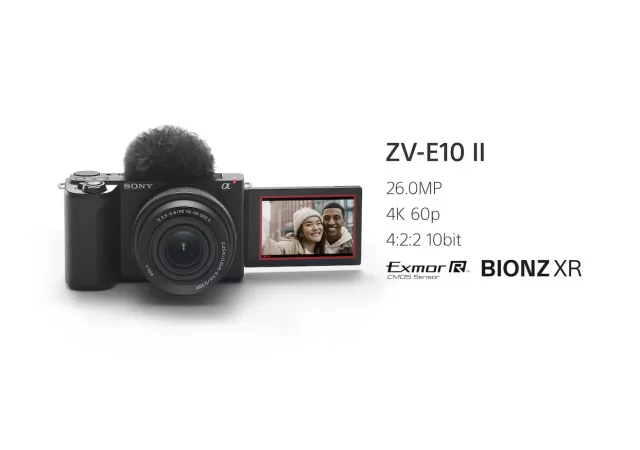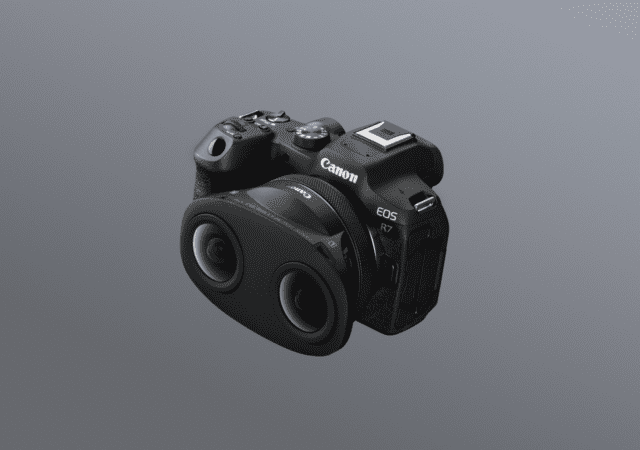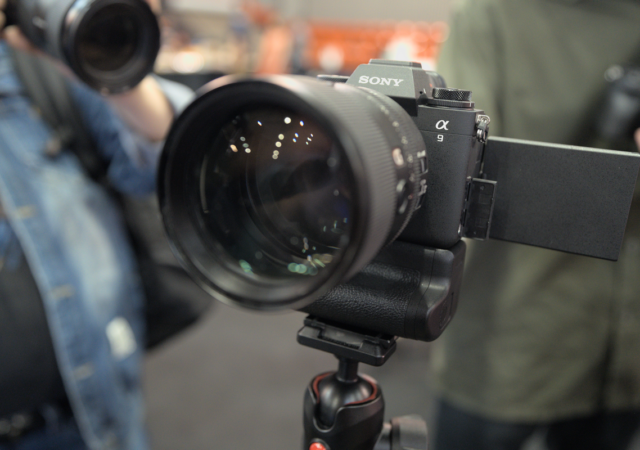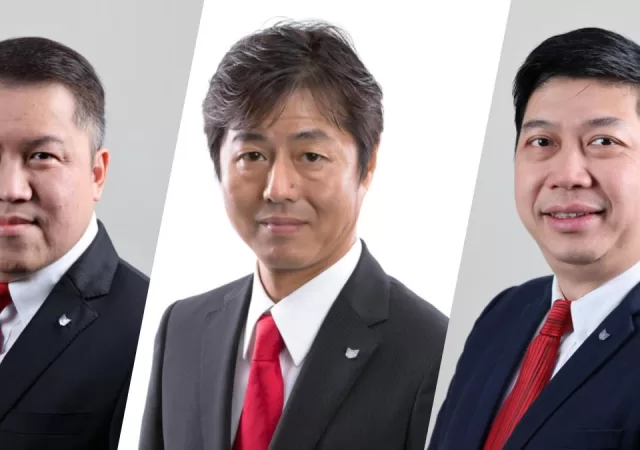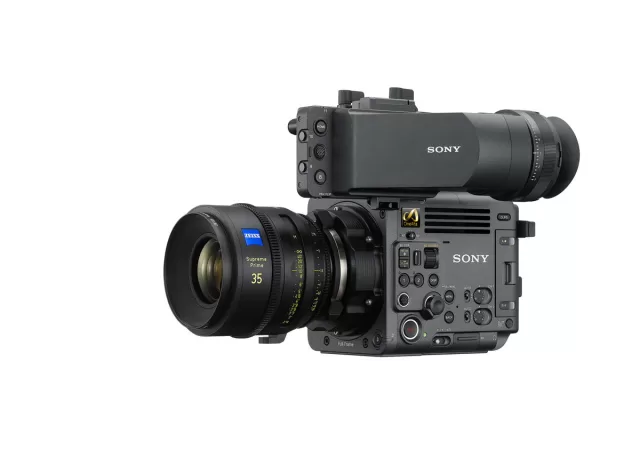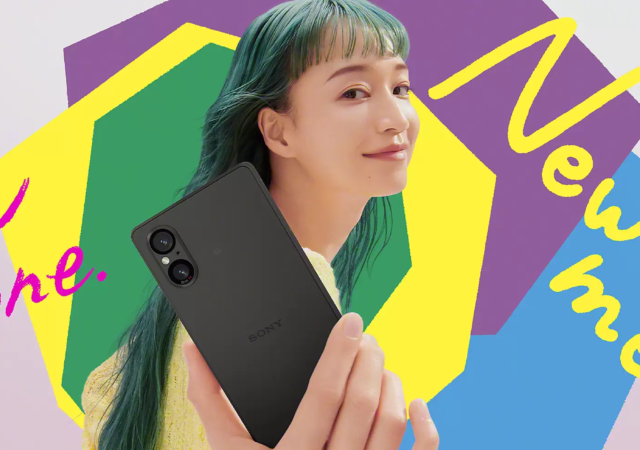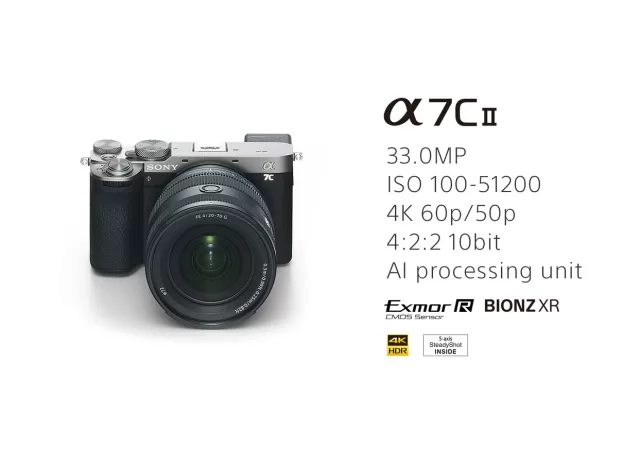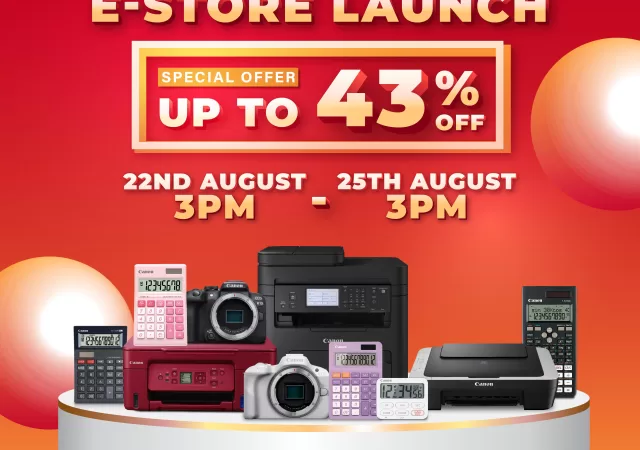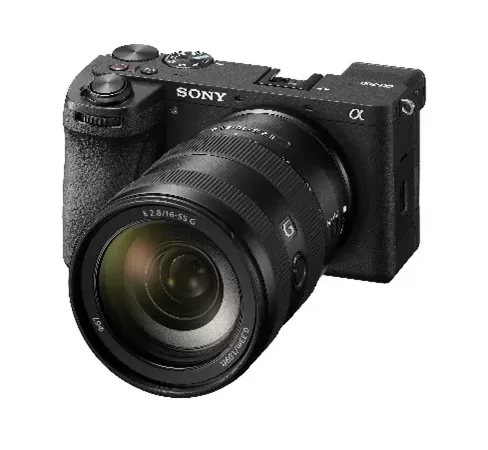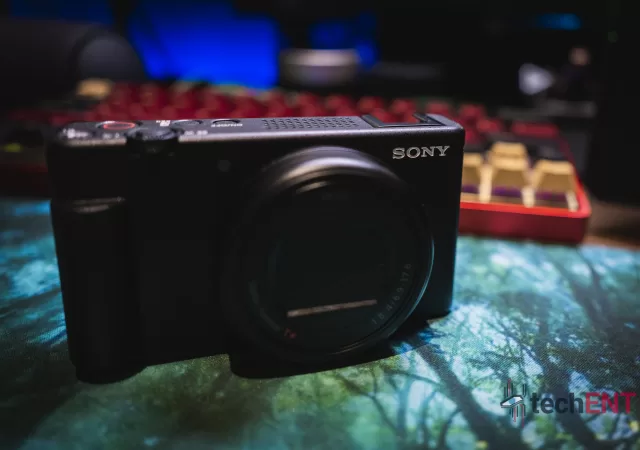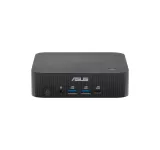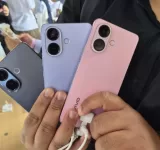Sony announces their new ZV-E10 II, the second generation of their popular camera made for livestreaming and vlogging.
Canon Releases the RF-S3.9mm f/3.5 STM Dual Fisheye Lens For VR Content Creation
Canon announces a new lens built for creating VR content. The new Canon RF-S3.9mm f/3.5 STM lens allows creators to create VR content with Canon’s EOS cameras.
Sony α9 III & SEL300F28GM Make Malaysian Debut
Sony’s brand new α9 III makes it Malaysian debut. The new global shutter feature paired with a stacked CMOS sensor makes it one of the fastest cameras available in the market.
Canon Marketing Malaysia Announces New Strategic Leadership
Canon Marketing Malaysia has announced changes to its strategic leadership, set to take effect on 2 January 2024. These appointments are poised to drive growth and foster innovation in the Malaysian market. Masato Yoshiie Assumes Role of President and CEO…
Sony Burano – 8K Run-and-Gun? No Problem!
Sony releases their latest CineAlta camera made for run-and-gun documentary style films, the new BURANO with 8K recording capabilities.
The Sony Xperia 5 V (Xperia 5 Mark 5) is Here with Exmor T for Mobile as well!
Sony releases the Sony Xperia 5 V, the successor to its 4th gen Xperia 5 series featuring the highly acclaimed Exmor T for mobile sensor.
Sony Follows up Their Ultra-Compact Full Frame Camera α7C with the α7C II and the α7CR.
Sony releases their follow up to the α7C, the α7C II and α7CR compact full frame cameras with 33MP and 61MP sensors in tow.
Canon Launches E-Store & Brings the Shopping to You
Hold on to your cameras, photographers! Canon Malaysia has just announced the launch of its brand-new E-Store and is giving away special offers of up to 43% off until 25 August 2023. The launch of the E-Store means you can…
Sony Finally Releases the α6700 APS-C Mirrorless Camera! The α6000 Series is Not Neglected After All.
Sony launches the new α6700 compact APS-C mirrorless interchangeable lens camera that replaces the α6600 with new sensor and image processor.
24 Hours with the Sony ZV-1 II – It’s Great, But Not MYR 3,999 Great
Sony released the Sony ZV-1 II not too long ago at MYR 3,999. Its few added features and functions may not justify its asking price though.



